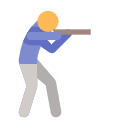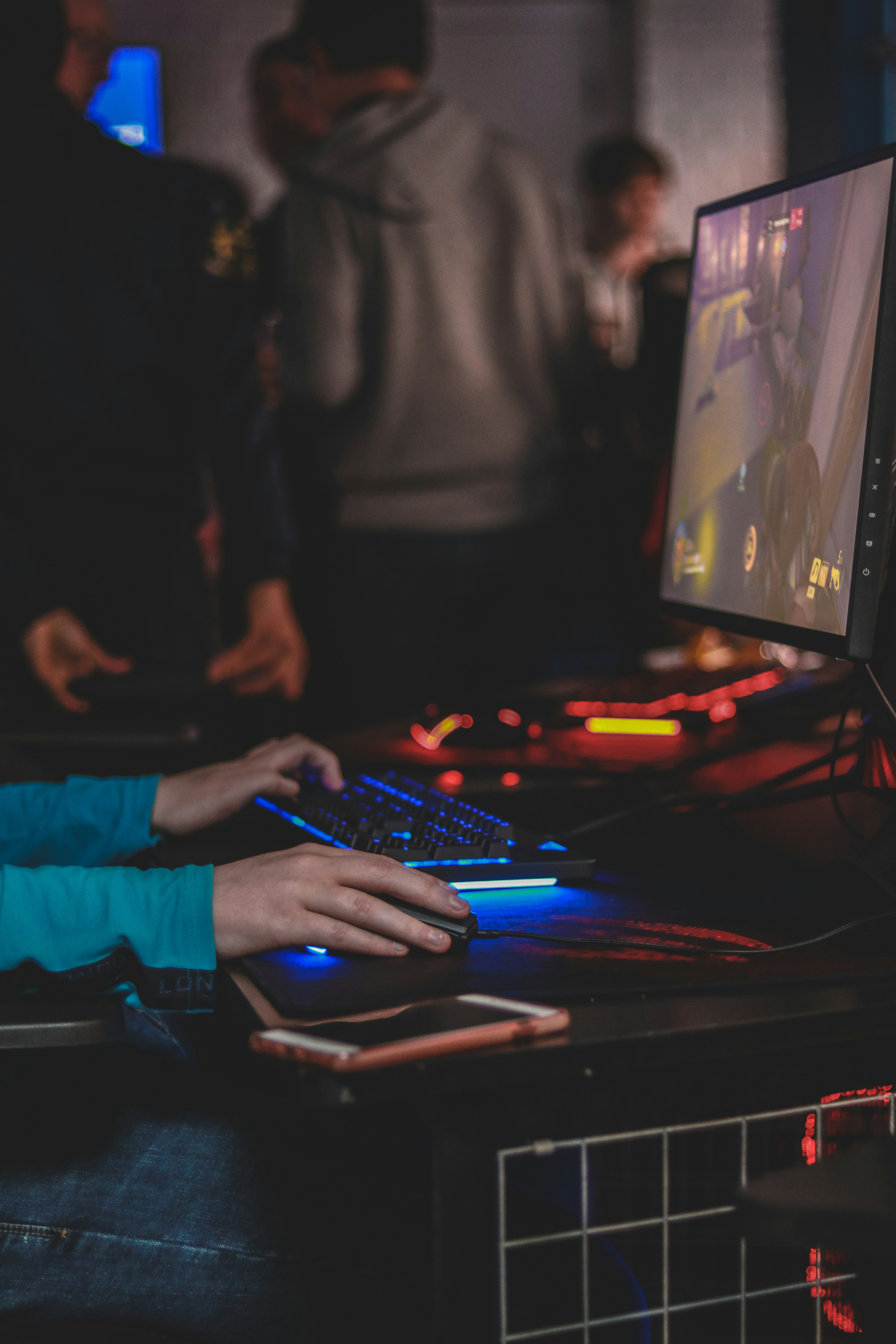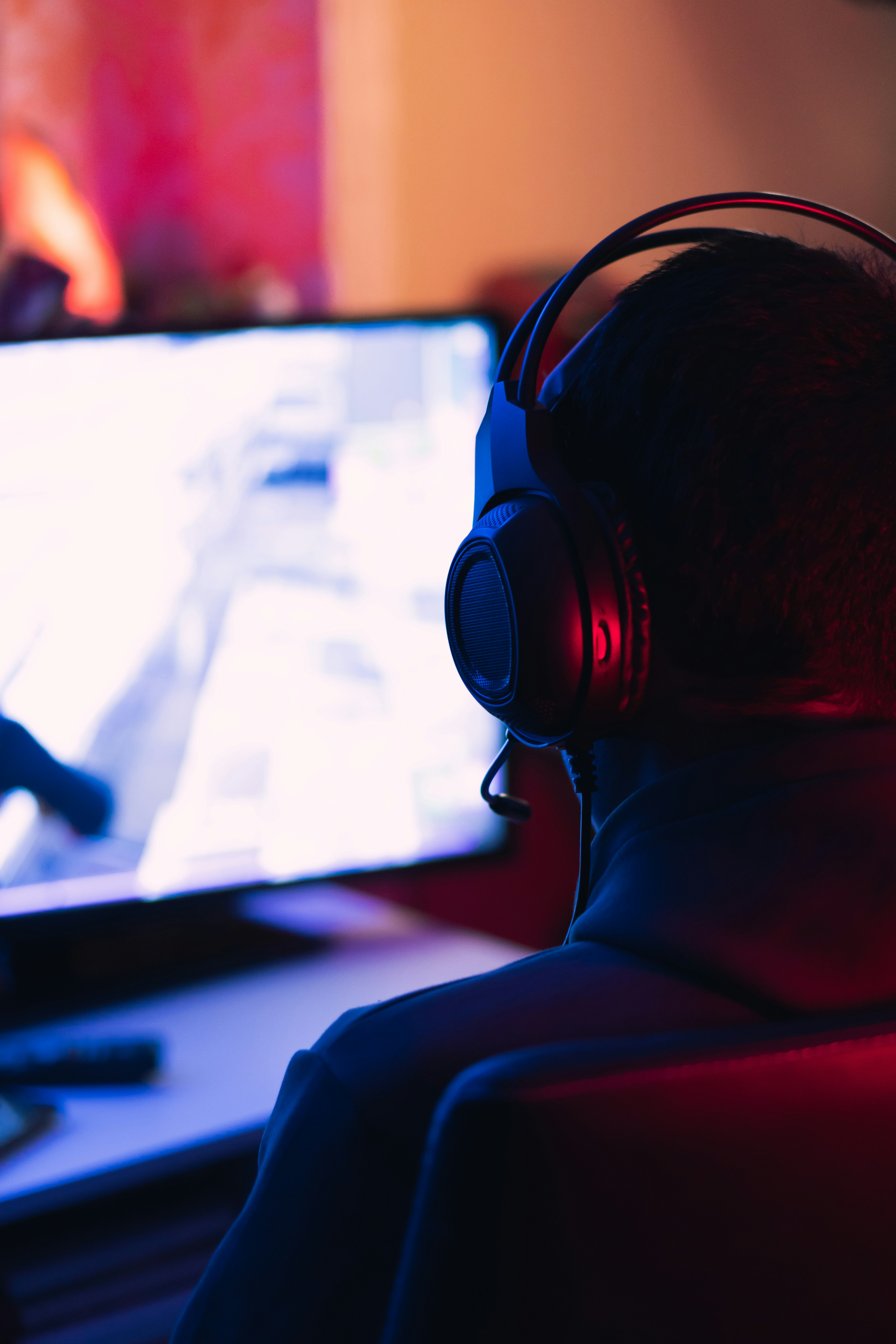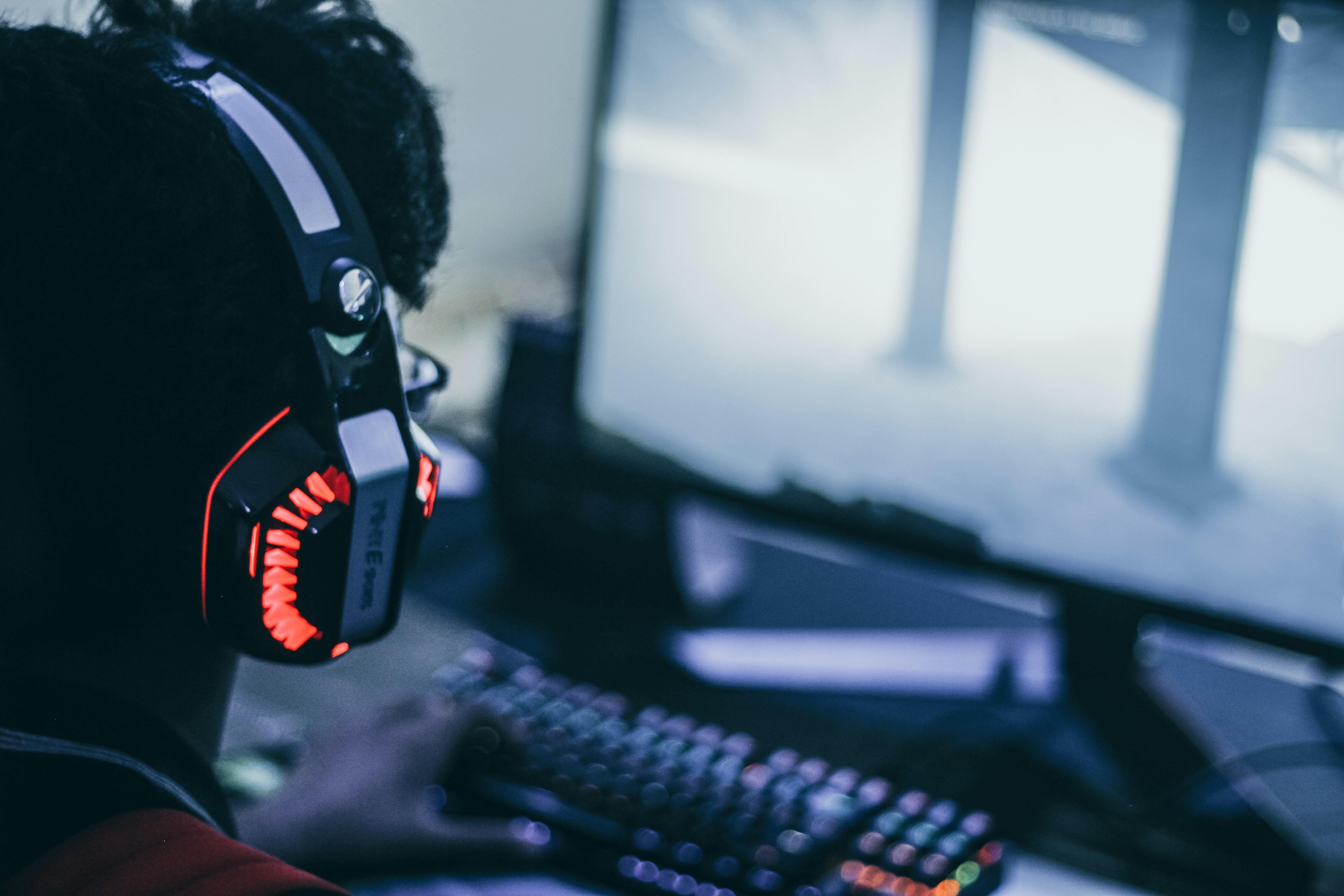Gaming and Mental Health: A Double-Edged Sword
Video games have evolved from simple entertainment into a powerful cultural force, influencing how we socialize, learn, and even manage our emotions. As their popularity continues to grow, so does the conversation around their impact on mental health. Are games a digital escape that promotes wellness, or are they a source of stress and addiction?
The answer isn’t black and white. Like many powerful tools, gaming can be both beneficial and harmful — it depends on how, why, and how much people play. In this article, we explore the multifaceted relationship between gaming and mental health, backed by research, expert insights, and real-world examples.
1. The Positive Effects of Gaming
a. Stress Relief and Emotional Regulation
Many gamers turn to video games as a way to unwind after a stressful day. Engaging gameplay can provide a temporary distraction from real-world worries, allowing players to immerse themselves in a different world.
Games like Animal Crossing and Stardew Valley offer calming environments, gentle objectives, and slow-paced progression that help reduce anxiety and promote relaxation.
b. Cognitive and Emotional Benefits
Certain games enhance mental agility, problem-solving, memory, and spatial awareness. Puzzle games, strategy games, and even fast-paced shooters challenge players to think quickly and adapt.
Narrative-driven games can also promote empathy. Titles like Life is Strange and To the Moon allow players to step into others’ shoes, experience emotional stories, and reflect on complex moral issues.
c. Social Connection
Online multiplayer games — from Fortnite to Among Us — provide platforms for social interaction, teamwork, and even friendship-building. For individuals struggling with social anxiety or loneliness, gaming communities can be a lifeline.
Voice chat, cooperative play, and shared challenges foster a sense of belonging and collaboration, which are crucial for mental health.
2. The Dark Side: Risks and Concerns
a. Gaming Addiction and Compulsive Behavior
Excessive gaming can lead to problematic use, especially when it begins to interfere with daily responsibilities, relationships, or self-care. The World Health Organization (WHO) now officially recognizes "Gaming Disorder" as a mental health condition.
Signs include:
- Prioritizing gaming over real-life obligations
- Withdrawal symptoms when not gaming
- Inability to reduce playtime despite consequences
Games designed with loot boxes, endless progression systems, or addictive reward loops can exacerbate compulsive behavior, particularly in vulnerable individuals.
b. Sleep Disruption and Sedentary Lifestyle
Playing games late into the night can disrupt sleep patterns, especially due to blue light exposure and high stimulation. Poor sleep hygiene is linked to anxiety, depression, and decreased cognitive performance.
Moreover, long gaming sessions often involve minimal physical movement, contributing to a sedentary lifestyle. This has implications not just for physical health but also for mood and energy levels.
c. Toxic Communities and Online Harassment
While gaming can be social, online environments aren’t always safe or supportive. Toxic behavior, cyberbullying, and harassment — particularly in competitive games — can negatively affect players’ self-esteem and mental well-being.
Marginalized groups, including women, LGBTQ+ individuals, and people of color, often face higher levels of hostility in gaming spaces.
3. Games as Therapeutic Tools
a. Mental Health Games and Apps
A growing number of games are designed specifically to support mental health. For example:
- Celeste explores anxiety and self-doubt through gameplay and narrative.
- Sea of Solitude visualizes loneliness and depression in a metaphorical world.
- SPARX is a game developed in New Zealand to help teens combat depression through cognitive behavioral therapy (CBT) techniques.
There are also apps and VR platforms that use gamification to promote mindfulness, meditation, and exposure therapy.
b. Clinical Use of Games
Mental health professionals have begun integrating games into therapy. Gamified approaches help clients open up, engage with difficult topics, and track progress in non-threatening ways.
For example, therapists may use role-playing games to explore identity or simulate social interactions in a controlled setting.
4. Understanding the Player Profile
It’s essential to recognize that not all gamers are the same. People play for different reasons:
- Escapism : To avoid real-life problems
- Mastery : To achieve goals and feel accomplished
- Socialization : To connect with others
- Creativity : To build and express themselves
Understanding your motivation can help determine whether your gaming habits are healthy or potentially harmful.
5. Tips for Healthy Gaming
- Set time limits and take regular breaks.
- Avoid gaming late at night , especially before bed.
- Balance gaming with other activities (exercise, outdoor time, reading).
- Choose games that make you feel good , not just stimulated.
- Curate your online environment by blocking toxic users and joining positive communities.
- Reflect on your motivations — why are you playing, and how does it make you feel afterward?
Conclusion: It's About Balance
Gaming is neither inherently good nor bad for mental health. Like food, exercise, or social media, its impact depends on usage. When approached mindfully, video games can be a source of joy, growth, and connection. But unchecked, they can also become a source of harm.
By understanding your habits, staying informed, and choosing games that align with your well-being, you can make gaming a positive force in your mental health journey.
After all, every player deserves to play — and feel — better.









